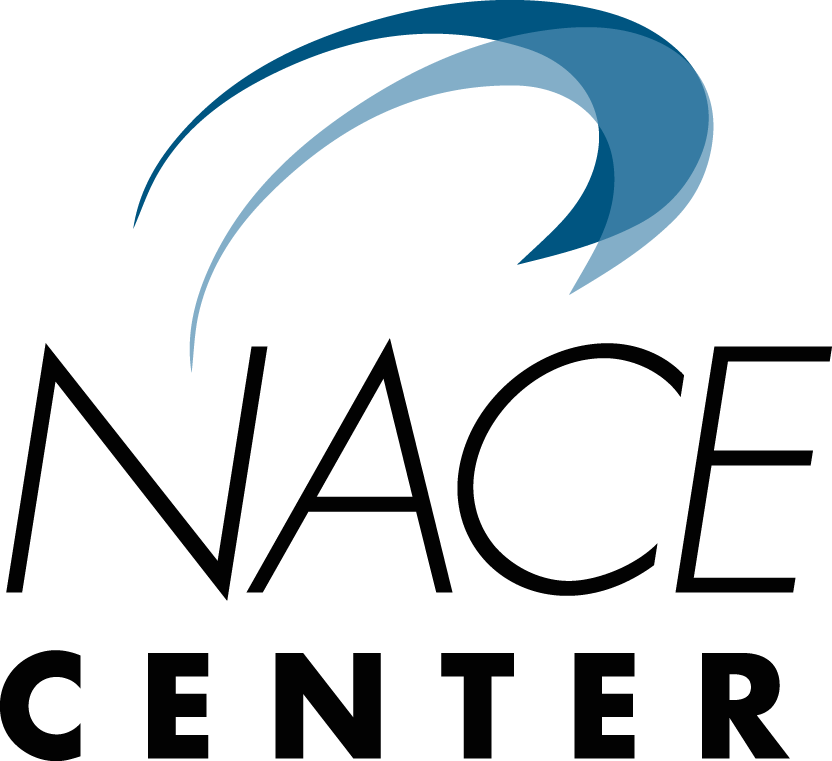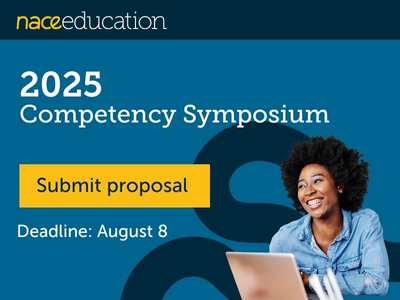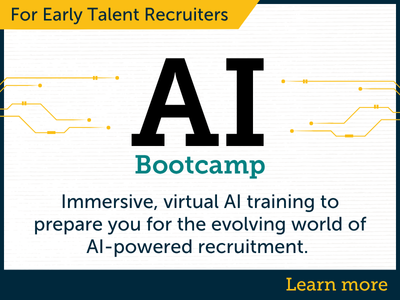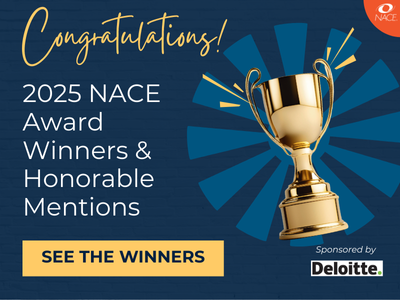To persist toward successful conversion of interns, organizations must not view engagement as a 10-week summer pursuit. Instead, engagement must gain momentum through recruiting and pre-internship, accelerate during the internship itself, and be maintained after interns return to campus.
“Internships have become the primary pipeline for hiring full-time student talent, and full-time conversion percentages have increased over the last few years,” says Simon Kho, vice president, head of early careers recruiting and development at Raymond James Financial Services, Inc.
“If interns are your future workforce, you've got to make sure that you're engaging them and giving them great experiences, but also helping them understand what the role is and what the full-time opportunity looks like during the internship. It's no longer just a fun summer job and exploration. It really is about career decision making.”
Kho advises that from a relationship standpoint, organizations need to think about who has contact with interns during the summer and the kinds of key relationships they have.
“This,” he says, “includes everyone from the recruiters because they have that initial relationship, but then transfers to the hiring managers and other team members at multiple levels in the organization. To be effective, the relationships can't just be at any one level.”
The range may include peer-to-peer relationships and other people the interns would be working with who are closer to their age and may serve as buddies. It could also include more experienced employees and managers, who may serve as mentors or coaches.
“There are things that companies are doing well—such as buddy or mentor programs—but they may be offering these without thinking through the intentionality of it,” Kho says.
Maximize Your Internship Program!
Join NACE’s 2025 Internship Series this April to gain expert insights, apply data from the 2025 Internship & Co-op Survey, and implement proven strategies to design high-impact internship programs and recruit top talent.
Secure Your Spot“It's important to make sure that relationship programs are designed and set up with the overall engagement goals in mind and that the organization’s participants are trained to meet their responsibilities correctly.”
Kho says to keep interns excited about the career prospects, offer valuable work experiences that mirror those of the positions they are seeking, keep them informed about the organization and its industry, seek their input, offer them regular feedback from their managers, and treat them as professionals throughout.
“If you think about recruiting in line with the sales funnel, you build the brand, you build the engagement, and you build the desire to want to engage with the brand and make the purchase. But one thing we don't think about in recruiting that we should is what's the brand loyalty? What's the loyalty to the company?” he asks.
“We should think differently about the experience as being from a year before interns come in and then a year from when they go out. This includes passive and active engagement.”
Examples may include regular digital newsletters apprising students about developments in the organization and industry, what they can expect during their internship, and more. Providing branded gear is effective, especially when the interns wear it to support their intern employer’s recruiters during on-campus events, while also confirming their commitment to the company. Other engagement points may include timely notes, messages of encouragement, inclusion in existing company events, small gifts during midterms/finals and for holidays, or virtual games and polls to get them connected and involved.
Kho recommends tapping into the expertise and creativity of colleagues within the organization to ensure the program is effective.
“Working across the organization is important,” Kho explains.
“Think about the internship as a 10-week version of the first-year experience with everything—onboarding, training, performance management—matching. You shouldn’t have to create a bespoke process. Rather, work with your colleagues who run those areas to make sure that interns are getting a true employment experience and make sure that the internal partners are able to adapt to the needs of the student population.
“The average intern is often between 19 and 21 years old, and for some, this may be their first job. Tweak your programming to fit them and set expectations. Doing so will set them up for success—and meet the goals of both the interns and the organization.”
Simon Kho will present during NACE’s 2025 Internship Series.







